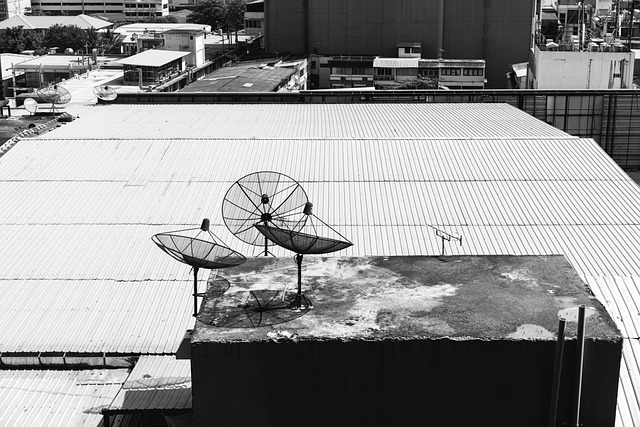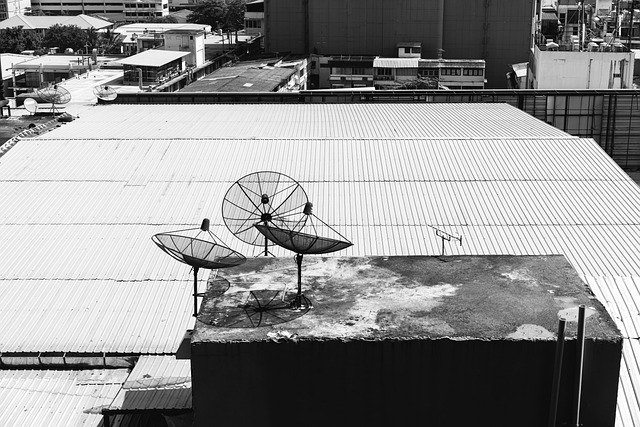# Starlink Internet Review: Complete Beginner’s Setup Guide
Starlink is an important subject that many people are interested in learning about, especially as satellite internet technology revolutionizes how we connect to the web in remote areas.
## Understanding the Basics

Starlink represents a groundbreaking leap in satellite internet technology, developed by SpaceX to provide high-speed internet access to underserved and remote locations worldwide. Unlike traditional satellite internet services that rely on geostationary satellites positioned 22,000+ miles above Earth, Starlink operates through a constellation of low Earth orbit (LEO) satellites at approximately 340 miles altitude.
This proximity dramatically reduces latency from 600+ milliseconds to 20-40 milliseconds, making activities like video conferencing, online gaming, and streaming much more viable. The system consists of thousands of interconnected satellites that create a mesh network in space, providing coverage even in areas where traditional broadband infrastructure is unavailable or unreliable.
The service targets rural communities, remote workers, RV enthusiasts, maritime users, and anyone requiring reliable internet in areas with poor terrestrial connectivity. Starlink’s user terminal, often called “Dishy,” automatically tracks and connects to the optimal satellites overhead, requiring no manual pointing or technical expertise from users.

## Key Methods
### Step 1: Equipment Setup and Installation
Setting up your Starlink system begins with unboxing the kit, which includes the satellite dish (user terminal), Wi-Fi router, power supply, and necessary cables. The dish features a motorized mount that automatically orients itself to communicate with satellites overhead. Choose an installation location with a clear view of the sky, free from obstructions like trees, buildings, or power lines that could interfere with the signal.

The Starlink app provides a useful obstruction checker tool that uses your phone’s camera to identify potential signal blockers in your chosen location. Mount the dish on your roof, ground, or pole mount depending on your setup requirements. The system requires a standard electrical outlet and includes a 75-foot cable for flexible placement options.
### Step 2: Network Configuration and Optimization
Once physically installed, power on the system and download the official Starlink app to monitor performance and configure settings. The dish will automatically begin searching for satellites and establishing connection, a process that typically takes 5-15 minutes initially. Configure your Wi-Fi network name and password through the app, and consider optimal router placement for maximum coverage throughout your home.

The system supports both 2.4GHz and 5GHz frequencies, with the ability to prioritize devices for better performance during peak usage times. Monitor your connection statistics through the app, which displays real-time data on download/upload speeds, latency, and any service interruptions caused by satellite handoffs or weather conditions.
### Step 3: Performance Monitoring and Troubleshooting
Regular monitoring ensures optimal performance from your Starlink connection. The mobile app provides detailed statistics showing speed tests, uptime percentages, and obstruction reports. Understanding these metrics helps you identify and resolve connectivity issues quickly. Speed variations are normal due to satellite positioning, network congestion, and weather conditions.
Common troubleshooting steps include power cycling the system, checking for physical obstructions, and ensuring the dish hasn’t been displaced by wind or weather. The self-heating feature automatically melts snow accumulation, but manually clearing debris like leaves or bird nests may be necessary. Keep firmware updated through automatic system updates that occur during low-usage periods.
## Practical Tips
**Tip 1: Location Selection Strategy** – Spend considerable time selecting the optimal installation location using the Starlink app’s obstruction checker. Even small obstructions like tree branches can significantly impact performance. Consider seasonal foliage changes and potential future obstructions when choosing permanent mounting locations. A clear view of the northern sky is particularly important in the Northern Hemisphere.
**Tip 2: Weather Preparation and Maintenance** – While Starlink performs well in most weather conditions, heavy rain or snow can cause temporary signal degradation. The dish includes snow-melt capability, but manually clearing accumulated ice or debris ensures optimal performance. Secure mounting is crucial in windy areas to prevent dish movement that could disrupt alignment.
**Tip 3: Network Usage Management** – Implement bandwidth management strategies during peak usage times when multiple users share the connection. Prioritize critical applications through the app’s device prioritization feature. Consider usage patterns and plan data-intensive activities like software updates during off-peak hours for better performance.
**Tip 4: Backup Connectivity Planning** – Maintain backup internet solutions for critical applications, especially during the service’s beta phase when occasional outages may occur. Mobile hotspots or traditional broadband can serve as redundant connections for essential business operations or emergency communications.
**Tip 5: Cost Management and Service Optimization** – Monitor monthly data usage and understand Starlink’s fair access policy to avoid potential speed throttling. Consider pausing service during extended absences to reduce costs, and take advantage of portability features for RV or travel use with appropriate service plan adjustments.
## Important Considerations
Weather sensitivity, while improved compared to traditional satellite internet, still presents challenges during severe storms or heavy precipitation. The initial equipment cost represents a substantial investment, and monthly service fees are higher than many terrestrial broadband options. Consider the total cost of ownership including potential mounting hardware, professional installation, and ongoing service fees.
Power consumption averages 50-75 watts continuously, adding to electricity costs. The service requires a clear sky view, making it unsuitable for heavily wooded areas or urban environments with significant obstructions. Additionally, the technology is rapidly evolving, and early adopters should expect occasional service interruptions and performance variations as the constellation expands and software improves.
## Conclusion
Starlink represents a revolutionary advancement in satellite internet technology, offering unprecedented speeds and low latency for rural and remote users. The service addresses a critical connectivity gap for millions of people who previously relied on slower, less reliable satellite options or had no broadband access at all. While the technology isn’t perfect and comes with higher costs compared to traditional broadband, it provides a viable solution for users in underserved areas.
The straightforward setup process, combined with automatic satellite tracking and mobile app management, makes this technology accessible to non-technical users. Performance continues improving as SpaceX launches additional satellites and refines the service infrastructure. For rural residents, remote workers, RV enthusiasts, and anyone requiring reliable internet in challenging locations, Starlink offers an compelling connectivity solution despite its current limitations.
Success with Starlink depends on realistic expectations, proper installation, and understanding the service’s capabilities and constraints. As the constellation grows and technology matures, users can expect continued improvements in speed, reliability, and coverage, making satellite internet a increasingly viable alternative to terrestrial broadband options.